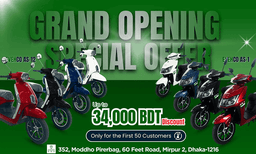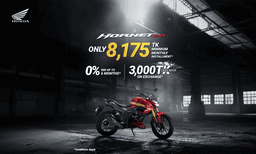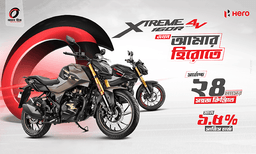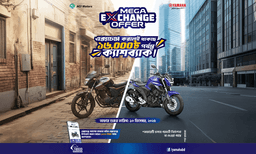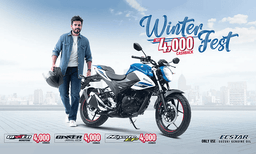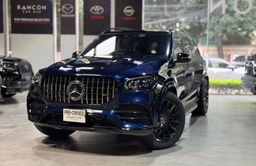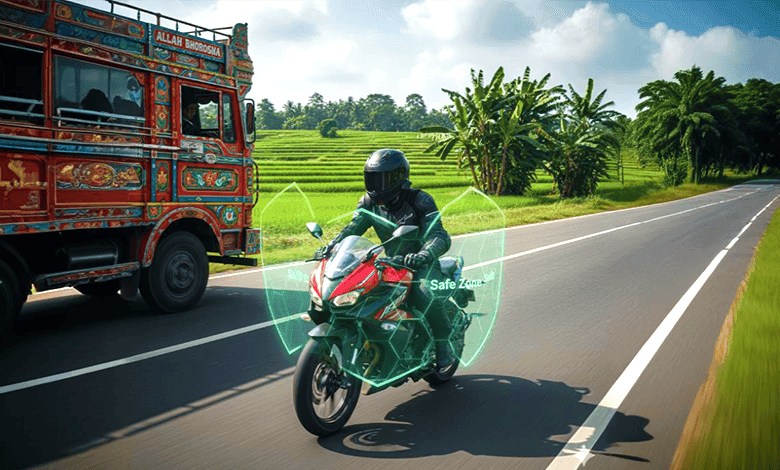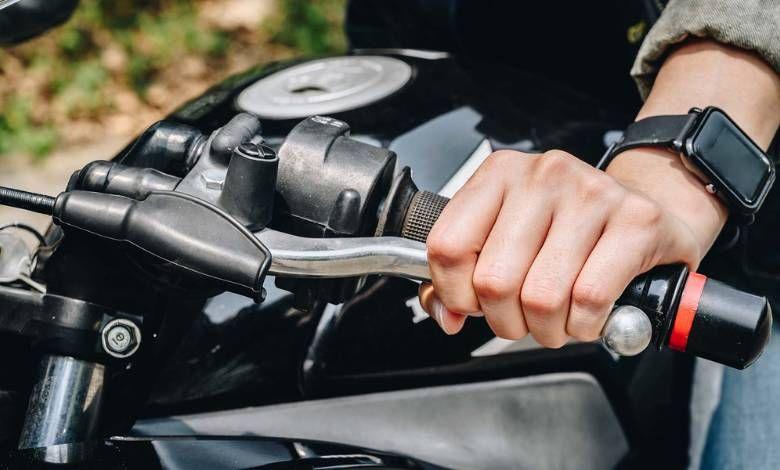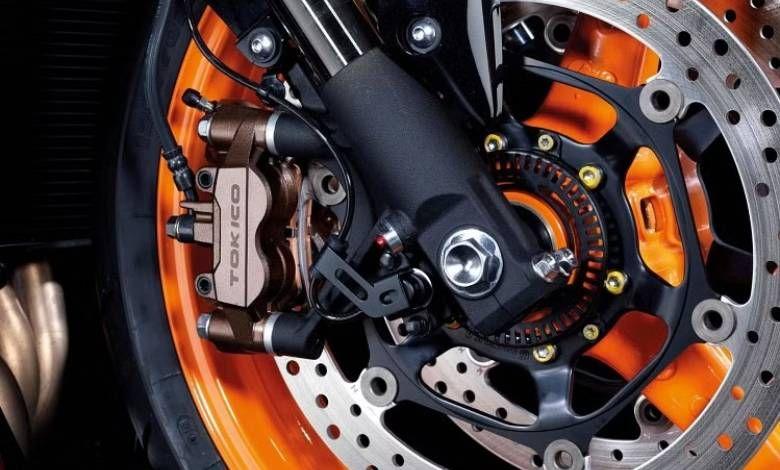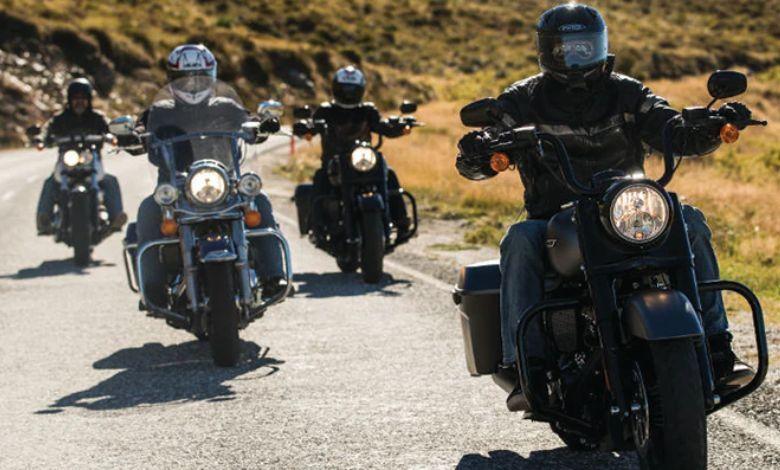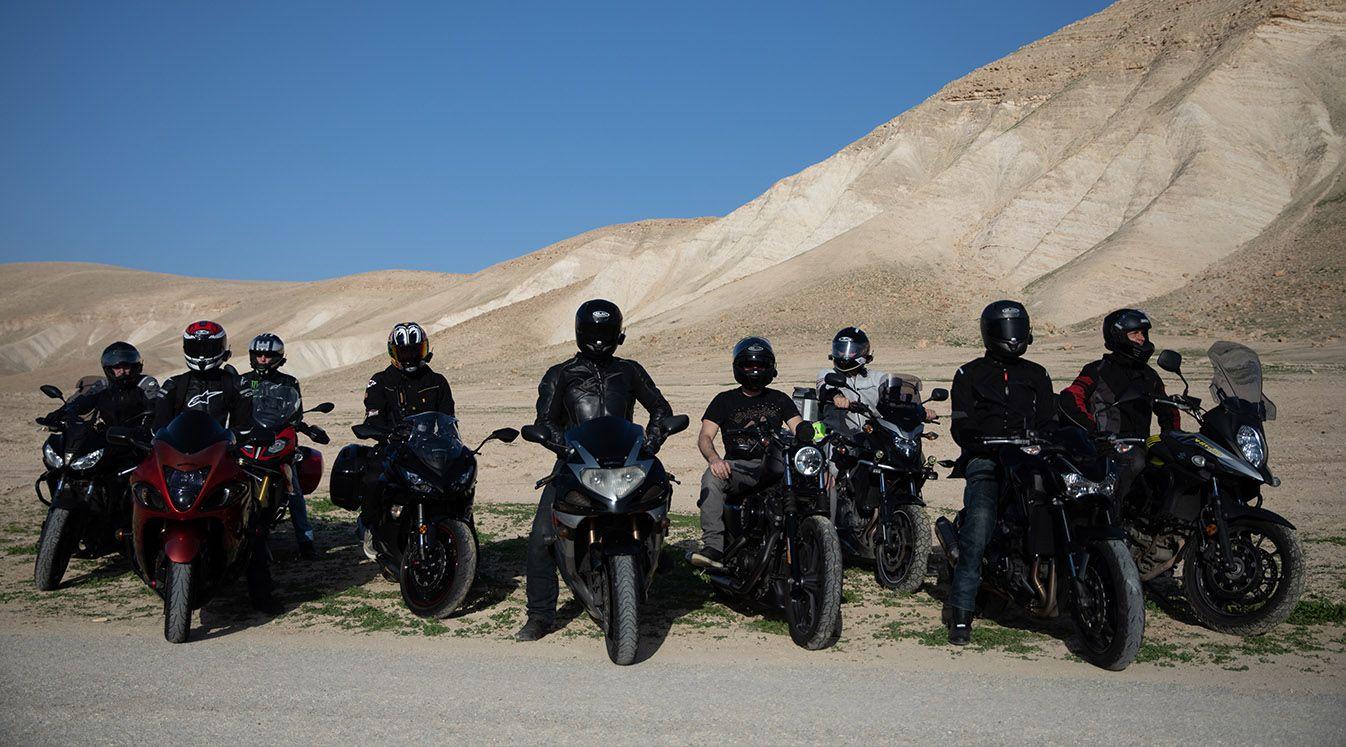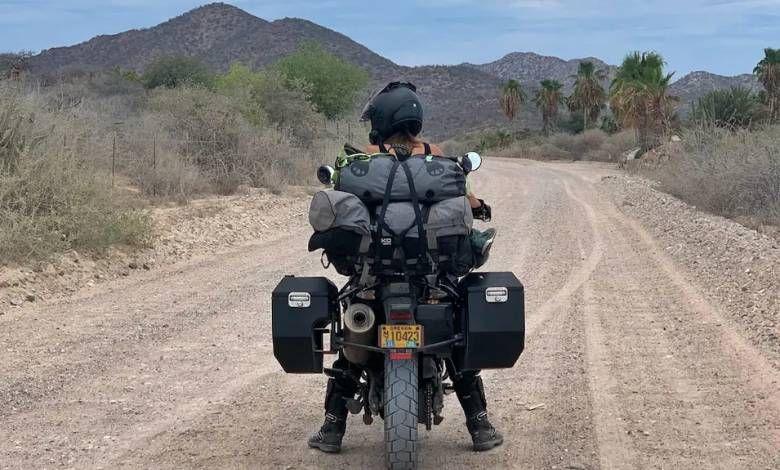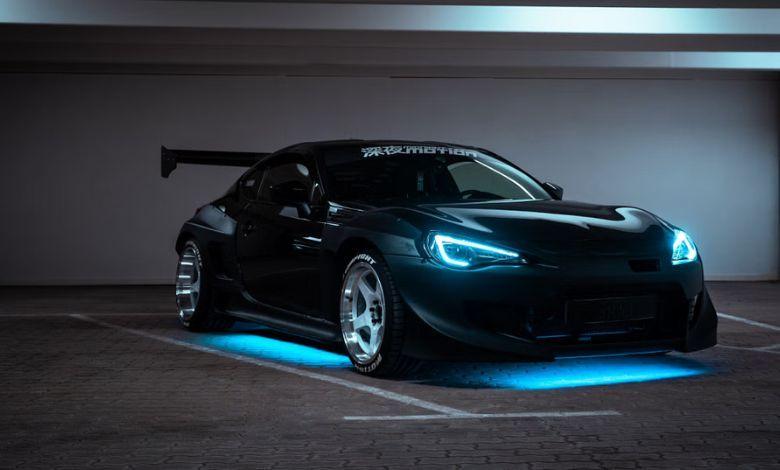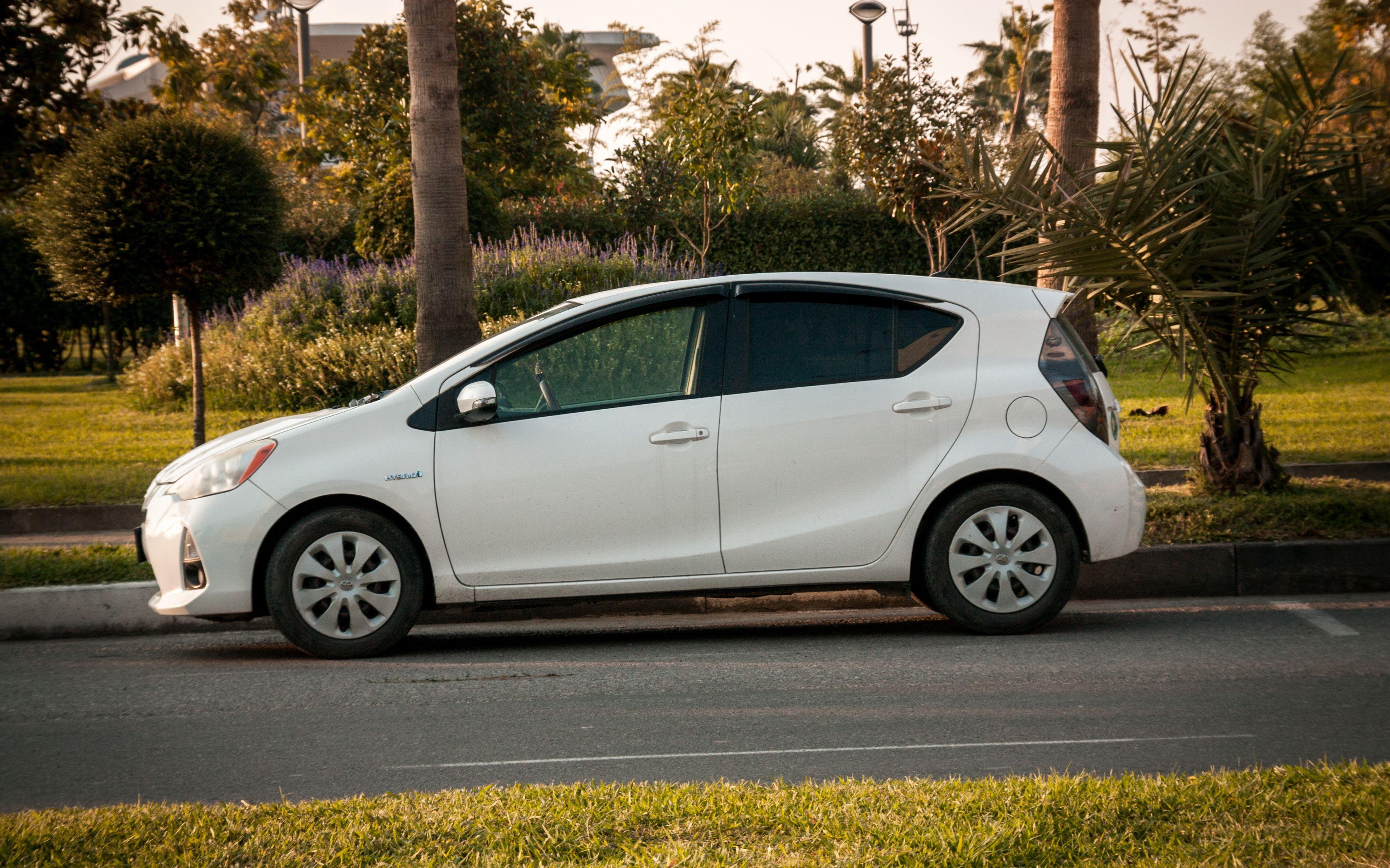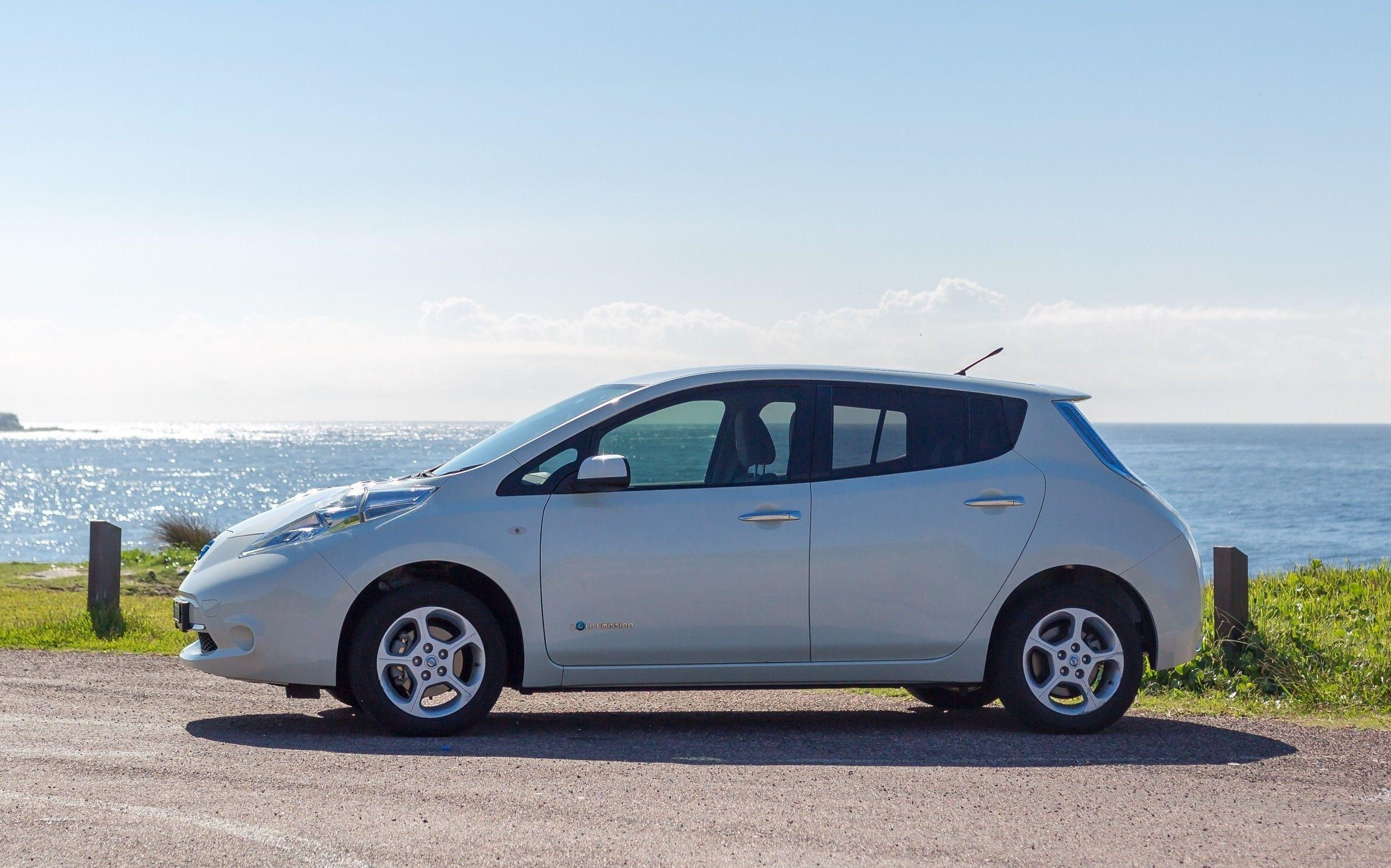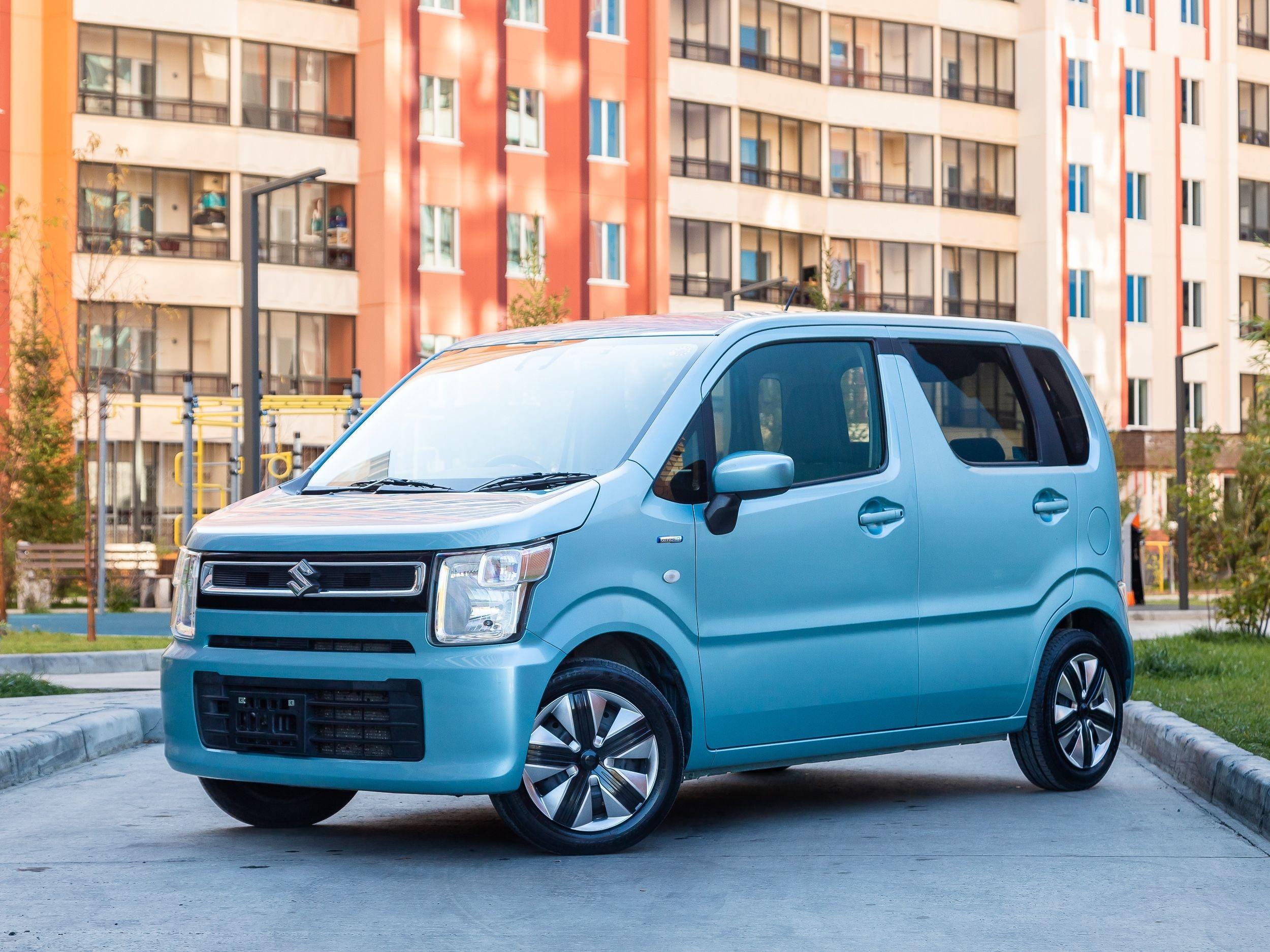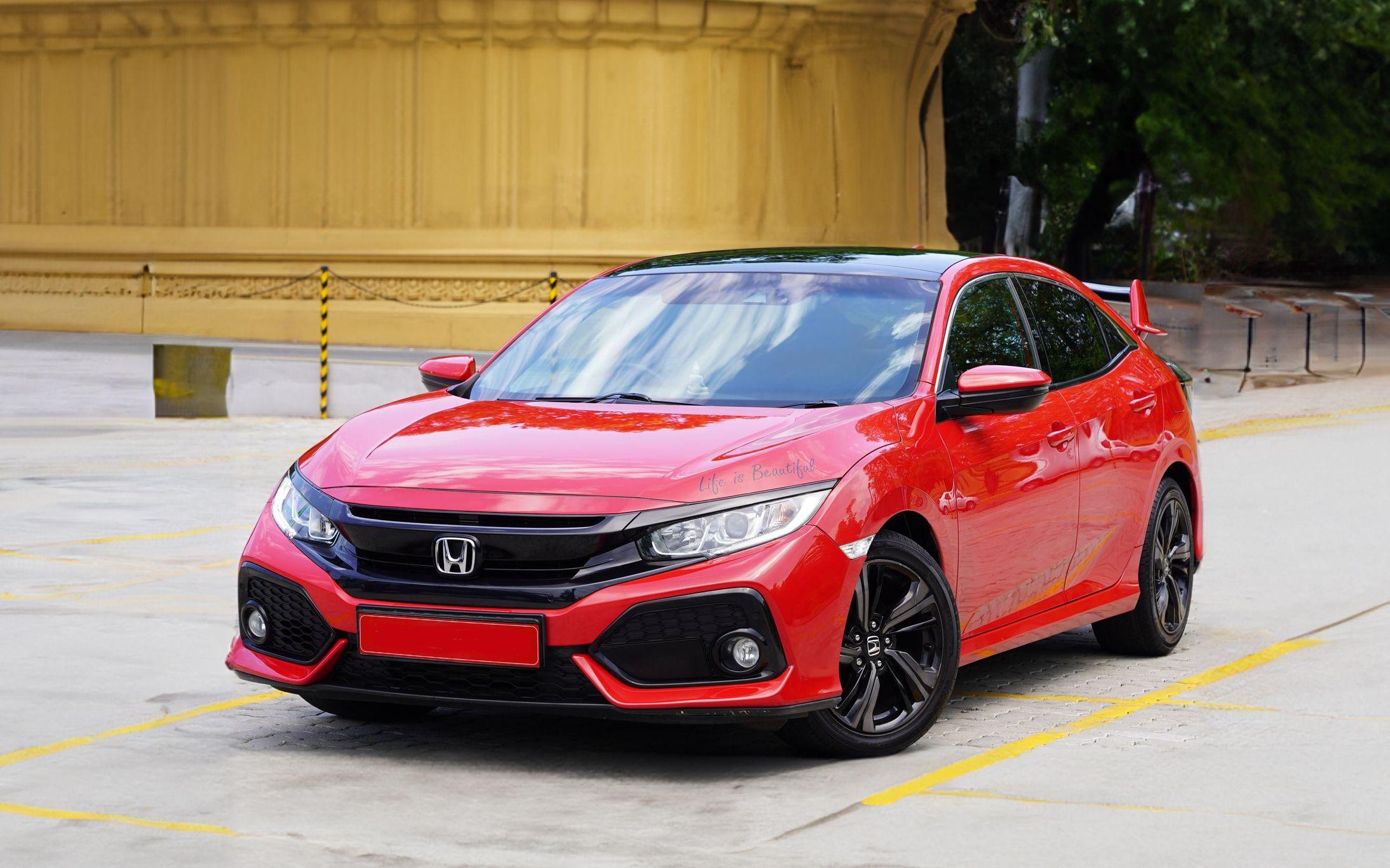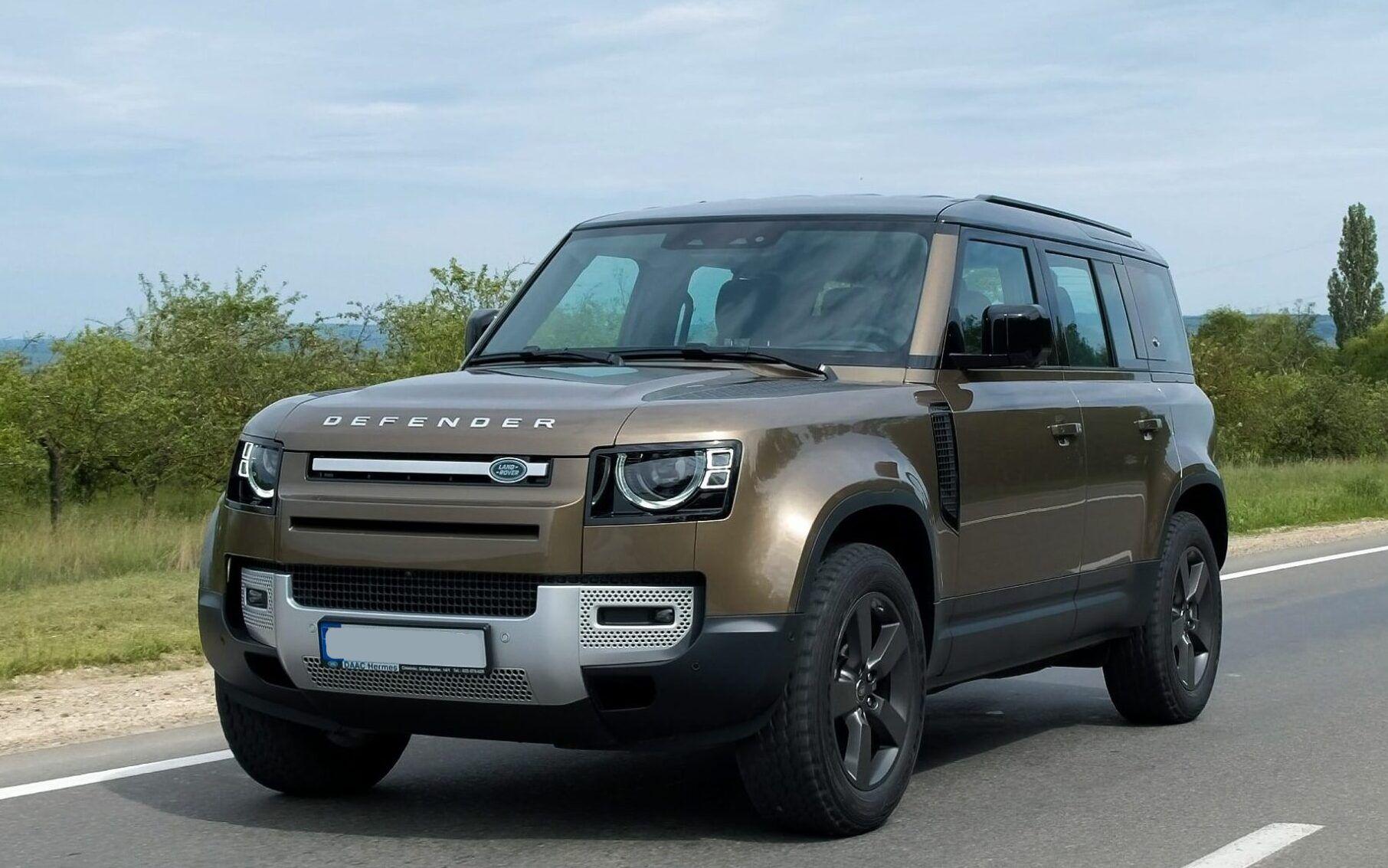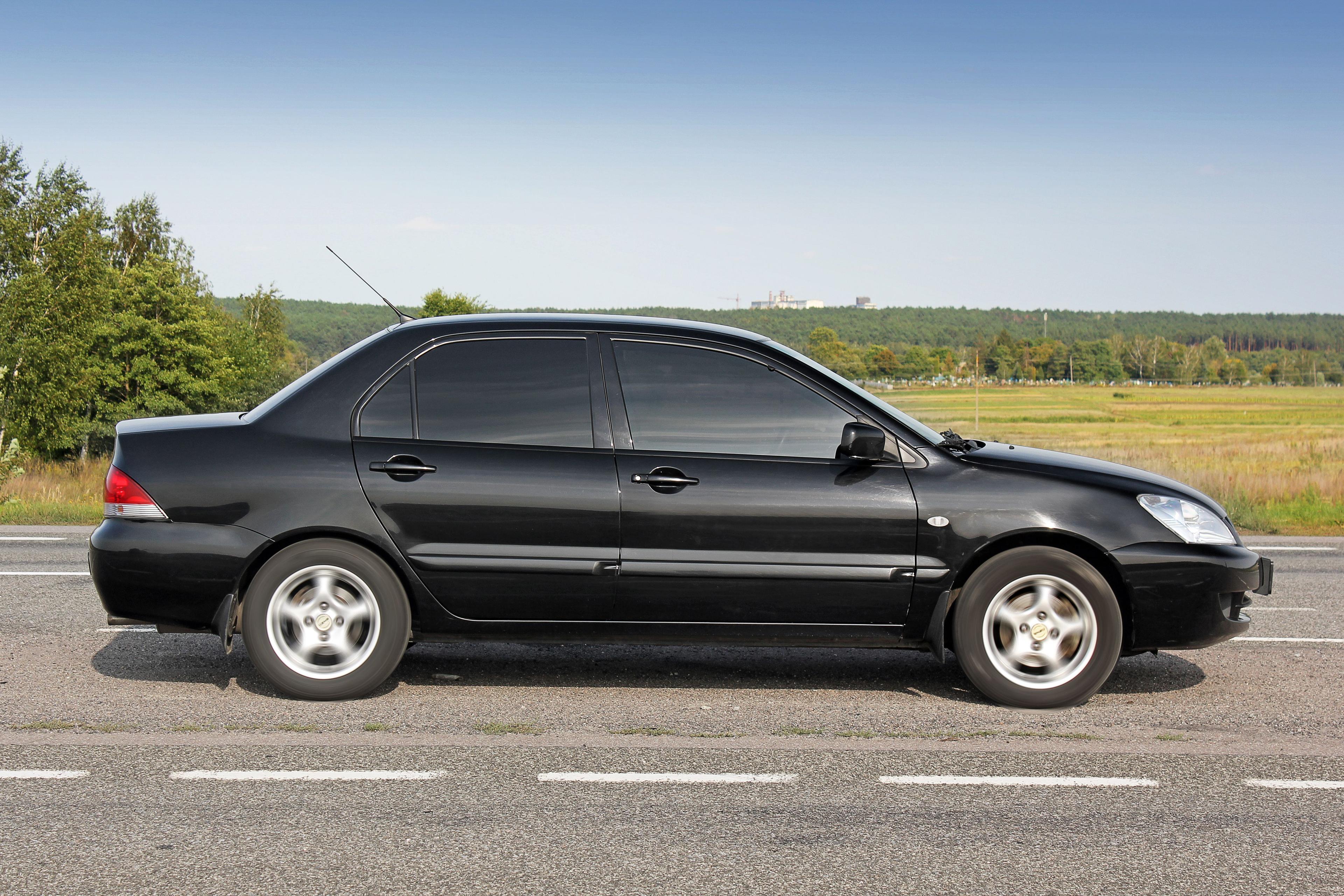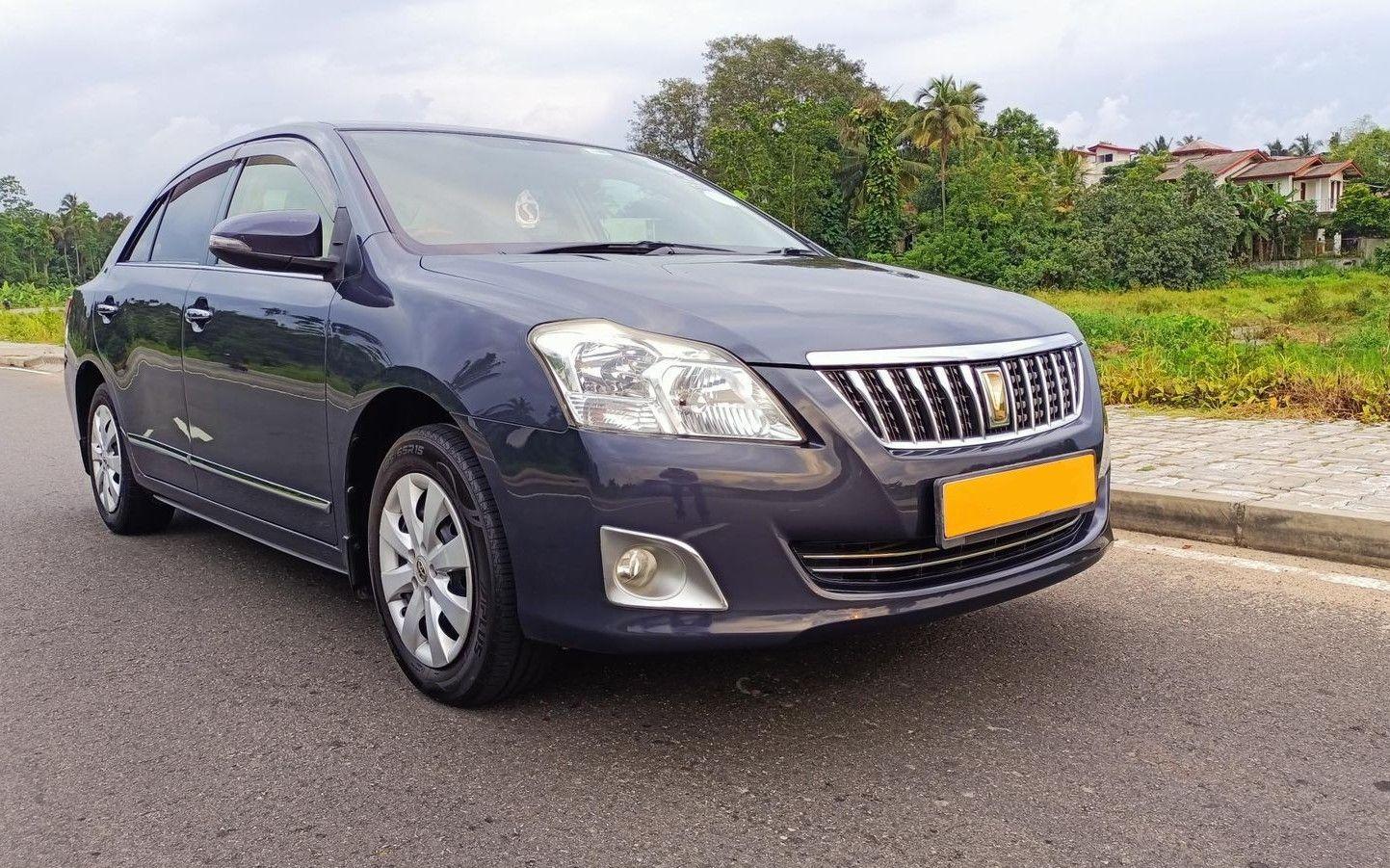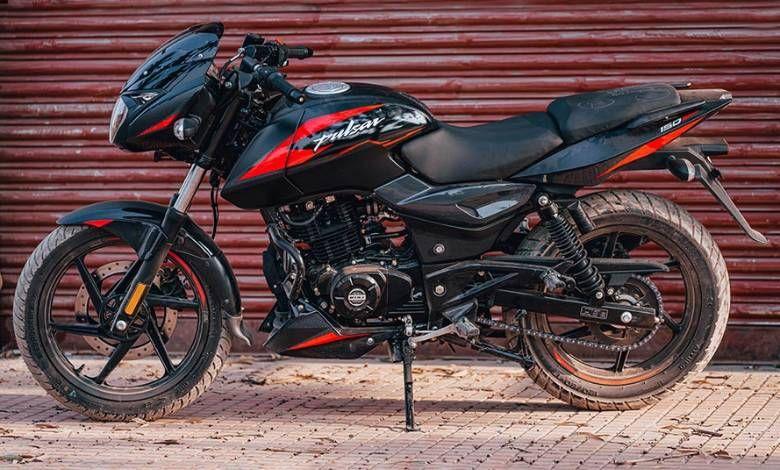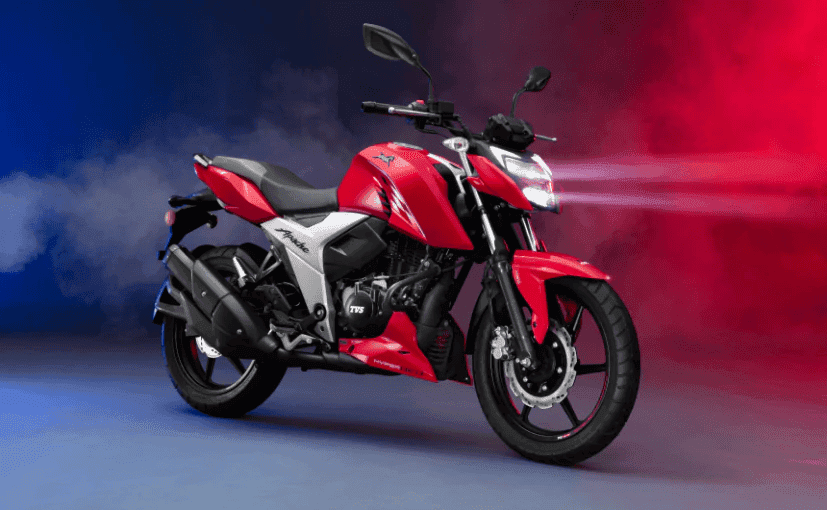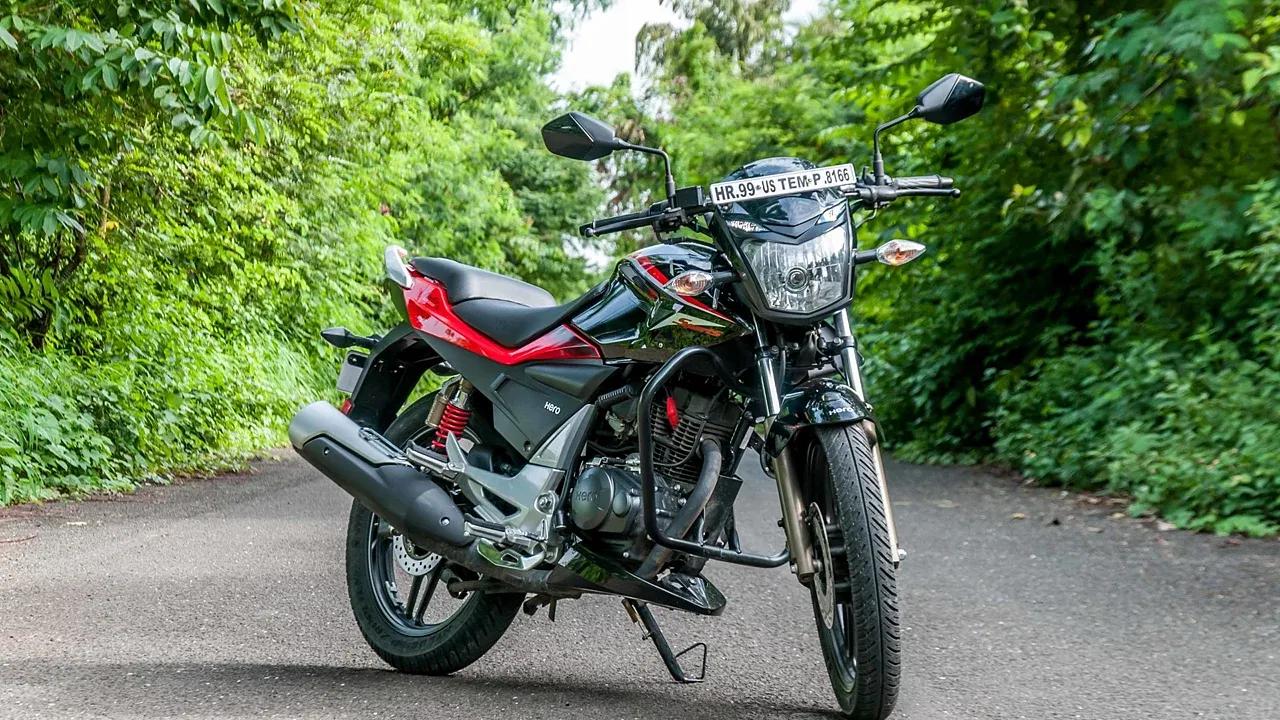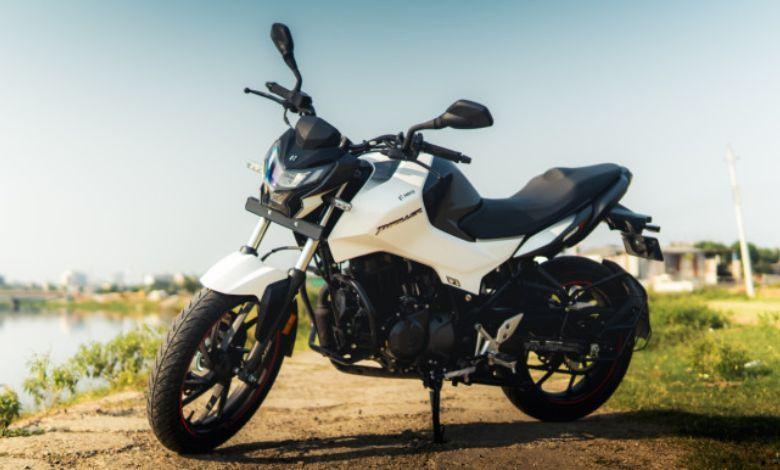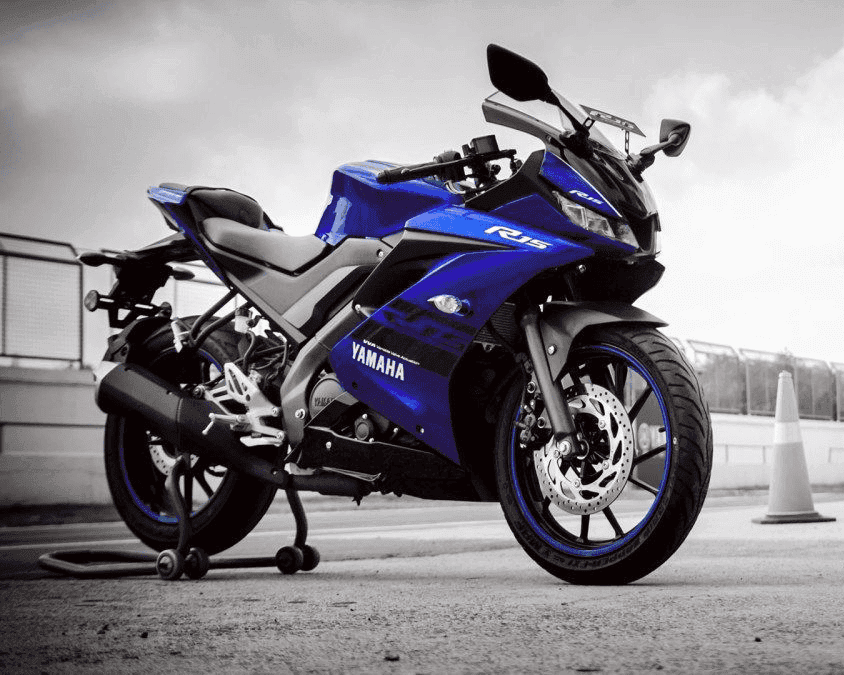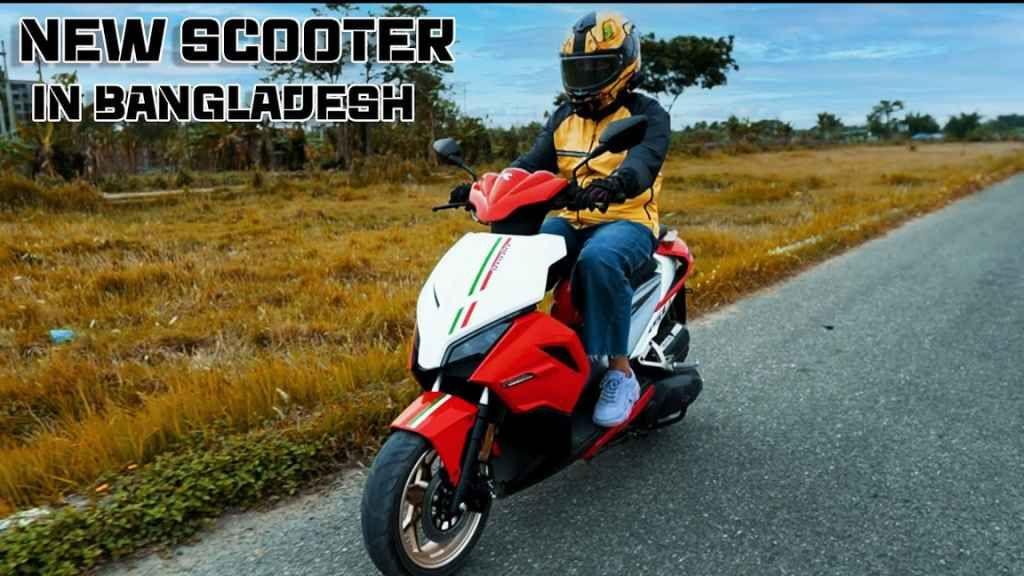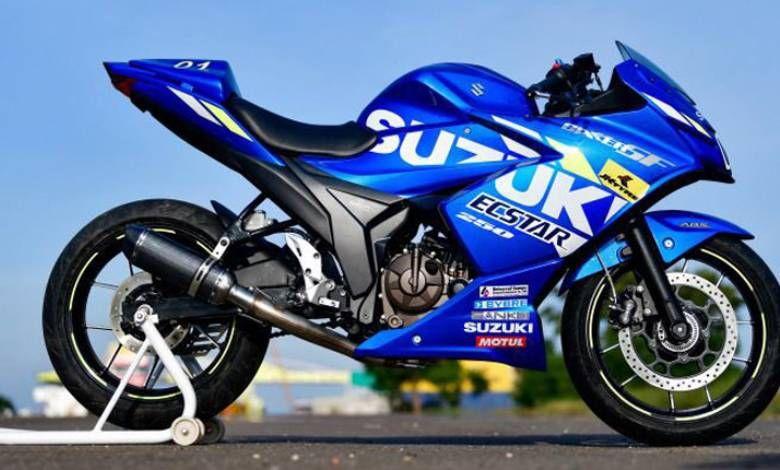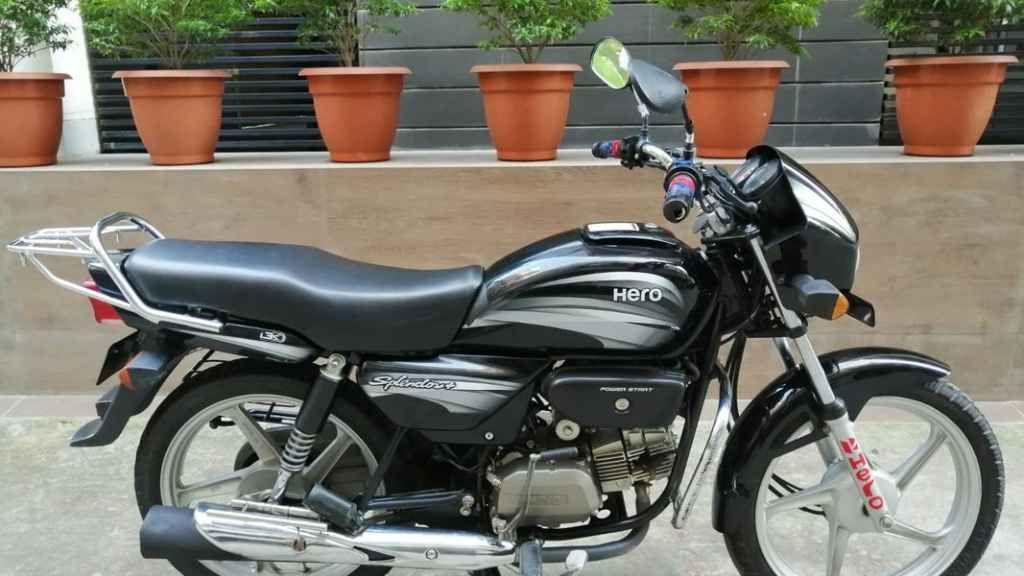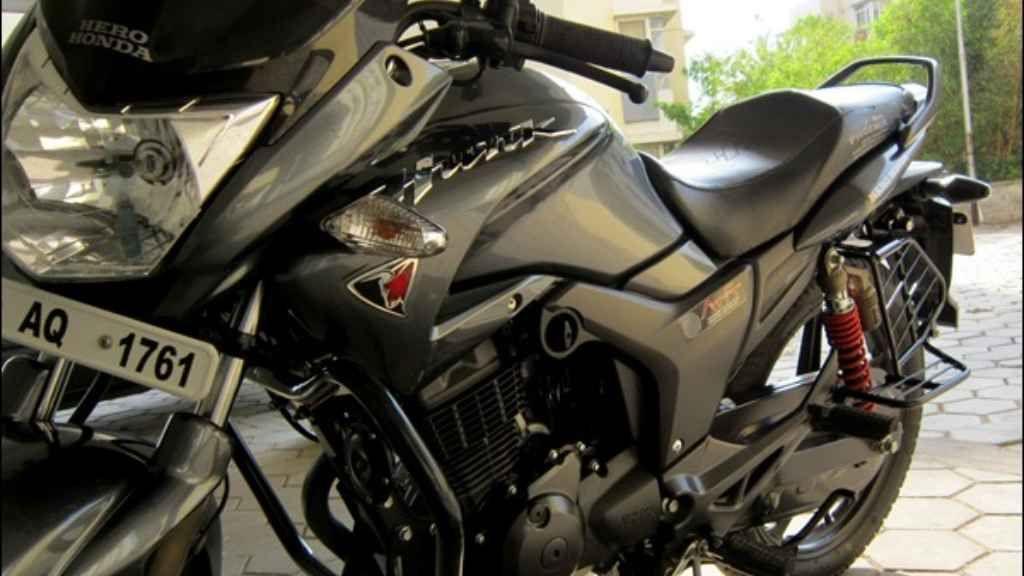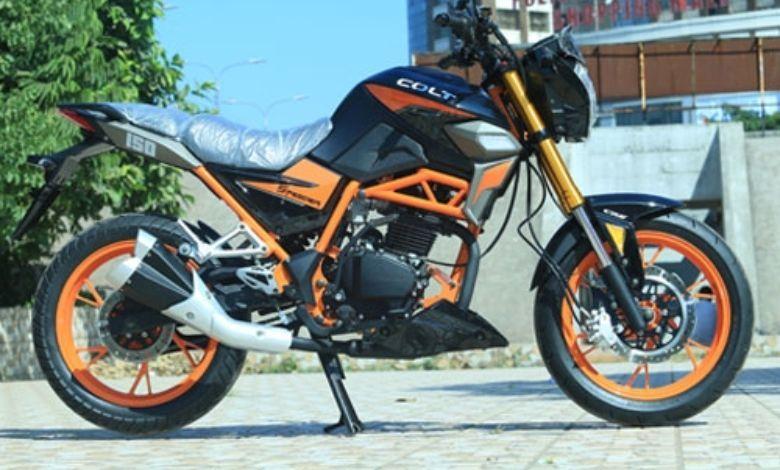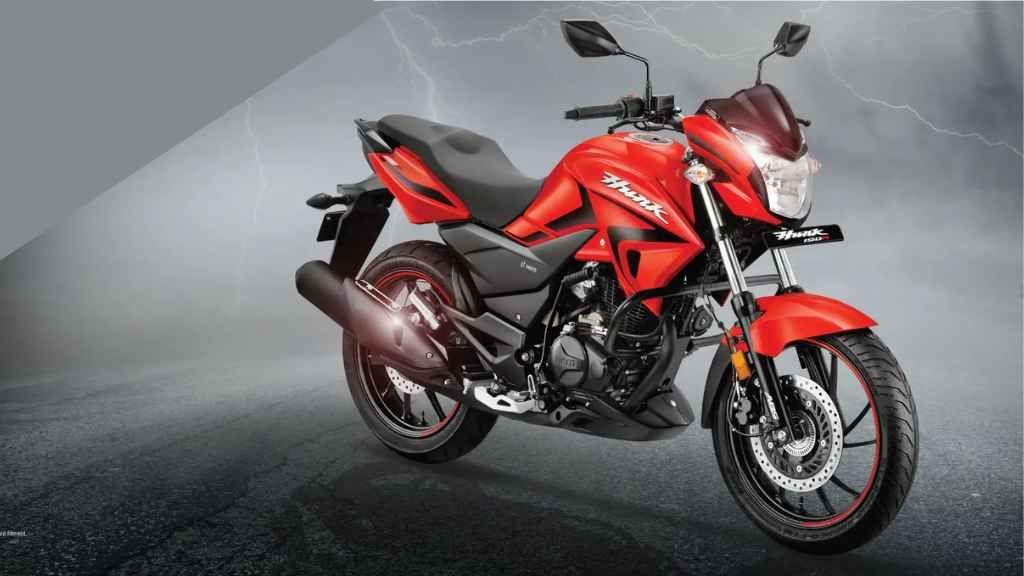Riding a Motorcycle at Night: What You Need to Know
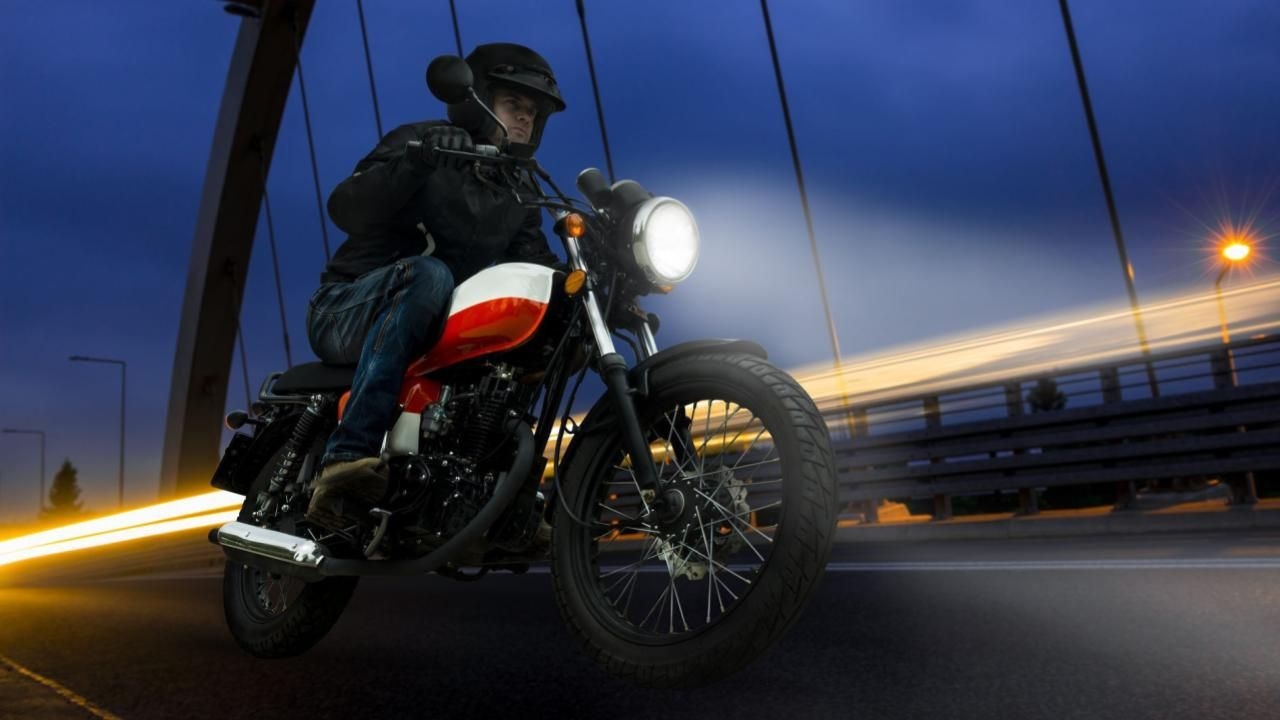
Night bike riding is becoming quite popular nowadays. But unfortunately, most bike accidents occur between 9 PM and 3 AM at night, which are often severe. So, whether it's for a long-distance journey or a remote tour, it's very important to know how to ride a motorcycle at night, what accidents can happen, and what precautions to take accordingly.
Motorcycle Riding at Night: What You Need to Know
Compared to daytime motorcycle riding, motorcycle riding at night is quite a different thing. There is less light at night, and road conditions are also different. Most importantly, it's crucial for you and other vehicles to see each other, change lanes with proper indicators, and overtake carefully. Let's delve into the details.
Things to Keep in Mind When Riding at Night
1. Pay attention to road conditions: Naturally, there is less light at night. Due to the absence of daylight, it is often seen that on highways, nothing is visible except lamp posts and vehicle headlights or taillights. If it's a rural road instead of a highway, the problem increases further. This is because broken road conditions, muddy or uneven areas, or speed breakers are often not discernible from a distance. So, if you are riding a motorcycle at high speed, it often takes too long to realize road hazards. By then, an accident occurs.
2. Control your speed: Keeping speed under control is an extremely important matter. Seeing empty highways at night, many people ride their bikes recklessly, thinking there will be no traffic jams or obstacles. But they forget again that at night, with low light, bike visibility is reduced, and other vehicles see the bike less, especially large buses or trucks. Additionally, a rider's field of vision decreases at night. And if you're at high speed on top of that, there's no question. At excessive speeds, a rider's vision becomes somewhat blurred, which is called tunnel vision. This can cause problems seeing signs or barricades on the side of the road. Or you might not notice the indicator lights of the vehicle behind you in the rearview mirror properly. And losing balance when suddenly braking at full speed is not uncommon. So, ride your bike in such a way that you don't need to make emergency brakes. Be careful with speeding on highways.
3. Regarding low speed: Make sure your bike is not at a very low speed. Because most vehicles will then want to overtake you. The tendency for accidents also increases at this time. So, on highways where you have the opportunity to pull your bike, keep your bike's speed at least close to or above 40-55 km/h. However, do not dangerously increase speed if there are vehicles around, as livestock, vehicles, or people may appear in front at any time. Also, make sure not to stay right behind any large vehicle. Because if a vehicle suddenly brakes or has goods, the chance of a collision increases further.
4. Helmet: You should not go out on the road at night under any circumstances without a helmet. A good helmet and safety gear can protect you from many serious accidents. For many, riding a motorcycle with the helmet's glass or visor up is convenient. Because if the helmet's visor is not anti-reflective, you might have trouble seeing due to light coming from the opposite direction. However, if dust or insects get into your eyes because the glass or visor is up, you could lose control of the bike. So, it's best to wear a helmet with clear, anti-reflective glass and ride with the visor down at night. If you wear glasses, you should also opt for anti-reflective glasses. This will make it easier for you to ride your bike at night.
5. Headlight: Headlights are your constant companion when motorcycle riding. When riding at night, headlights will not only show you the way but also save you from danger. Therefore, the quality of the headlight needs to be correct. On many bikes, turning the throttle increases the brightness of the headlight and reducing it decreases the brightness, or the opposite can happen if the battery is low or due to mechanical failure. Also, many bikes' halogen lights lose brightness over time. So, headlight servicing is essential. Or, if you feel the light is dim, it's even better to install good quality LED lights.
6. Headlight Signal: Many people are confused about keeping headlights on high beam and low beam. Also, sometimes the sharp light from oncoming vehicles prevents people from seeing ahead. In this case, by flashing your headlights, meaning alternating between high beam and low beam lights, you can indicate that you are having trouble seeing. Any conscious highway rider will understand your indication and switch their headlight to low beam so that you don't have difficulty seeing. Similarly, if an oncoming vehicle signals you in the same way by flashing its headlights, you should also switch your headlight to low beam so that the driver from the opposite direction does not have vision problems.
7. Use of Indicators: When riding a bike at night, the use of your indicators is extremely important. The use of indicators is also important in the morning, but when riding a motorcycle at night, due to less light, indicators or pass lights are the first to be noticed. On highways, if there is a lot of noise, the horn is often less audible. So, use pass lights or indicators correctly. Give indicator signals at least five seconds before turning or changing lanes. You can use the horn for extra attention along with the indicator. But do not make the mistake of not using indicators.
8. Pass Light: When the vehicle behind wants to signal the vehicle in front that it intends to go ahead, it does so by flashing the headlights high and low. If you also want to overtake, you must signal with the pass light. Or, if you see a vehicle, bus, or truck behind you giving an overtaking signal in your rearview mirror, you should give them a proper opportunity to overtake, understanding the situation.
9. Rearview Mirror: From the previous instructions, it is understood how crucial the role of the rearview mirror is. On highways, it is very important to pay attention to your own vehicle and surrounding vehicles, as well as vehicles behind you. So, if there are vehicles behind, take a quick look in the rearview mirror at regular intervals to understand what kind of vehicle is behind, how far away it is, and whether it is giving any signals.
10. Fog Lights: In Bangladesh, there are separate rules for using fog lights. Fog lights usually cannot be flashed high and low like headlights. Therefore, using excessive light from fog lights can be harmful if not needed. An oncoming vehicle might be blinded by the dazzling light of your fog lights and lose balance, which can lead to an accident. So, you should only use fog lights in dense fog or blurry weather, or on a long, completely unlit straight road. However, if there is no need to use them, you must keep them off. And if someone from the opposite direction signals with headlights, you must turn off the fog lights and keep the headlights on low beam. Do not install fog lights unnecessarily if not needed, or if installed, always keep them covered.
11. Reflectors: Headlights or other lights from surrounding vehicles reflect off reflectors. So, reflectors help give your bike more visibility. You can choose to attach reflectors behind the rearview mirror, on the upper part of the headlight, or with the bike's alloy wheel or mudguard.
12. Other Equipment and Accessories: For extra protection, wearing biker armor, a reflective jacket, gloves, pads, etc., will give you more confidence. However, do not become reckless due to overconfidence. Because in severe accidents, no protection can be the ultimate savior. So, be careful. Additionally, you can keep bike repairing kits/tools and extra lights with you. This way, if any mechanical fault occurs in the middle of the road or a light burns out, and you know how to fix a bike, you can easily repair it yourself.
13. Fatigue and Safety: Avoid continuous night motorcycle riding on long journeys. If necessary, stop your bike in a locality, shop, or market and rest. If you are on a long drive, definitely take someone with you. Criminals often target solo riders. Do not stop your bike in an unfamiliar place or at the call of a stranger. Be discreet about your surroundings.
In Conclusion
Above all, when you intend to ride a motorcycle at night, keeping all these points in mind is extremely important. Keeping these essential matters in mind will make your night-time motorcycle riding more enjoyable and worry-free. So, whether it's for a long-drive tour or any distant journey, we wish you a safe and pleasant night bike ride.
Frequently Asked Questions About Night Bike Riding
1. How important is speed control when riding at night? - Keeping speed under control is an extremely important matter. Seeing empty highways at night, many people ride their bikes recklessly, thinking there will be no traffic jams or obstacles. But they forget again that at night, with low light, bike visibility is reduced, and other vehicles see the bike less, especially large buses or trucks.
2. Should I ride the bike at low speed at night? - Make sure your bike is not at a very low speed. Because most vehicles will then want to overtake you. The tendency for accidents also increases at this time. So, on highways where you have the opportunity to pull your bike, keep your bike's speed at least close to or above 40-55 km/h.
3. Do LED headlights help with night riding? - Yes, LED headlights help with night riding.
4. When should I use the pass light? - The pass light signal should be used when overtaking.
5. Can fog lights be used when riding at night? - In Bangladesh, there are separate rules for using fog lights. Fog lights usually cannot be flashed high and low like headlights. Therefore, using excessive light from fog lights can be harmful if not needed. An oncoming vehicle might be blinded by the dazzling light of your fog lights and lose balance, which can lead to an accident.
